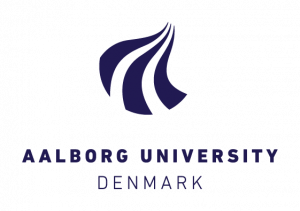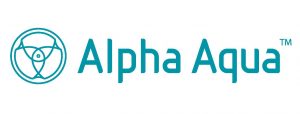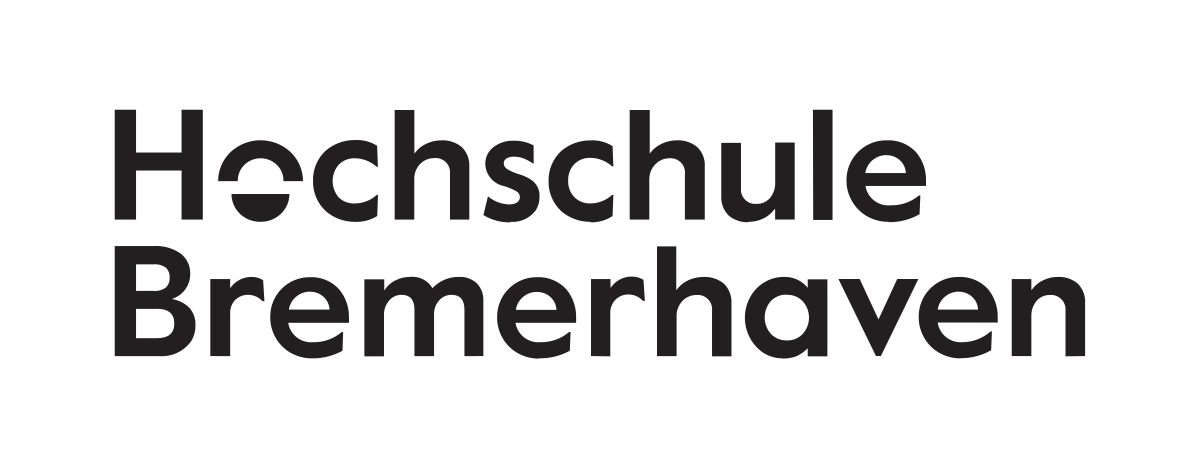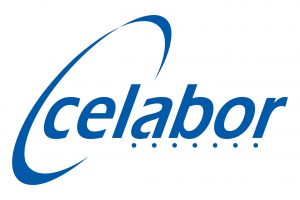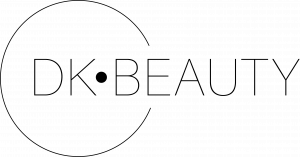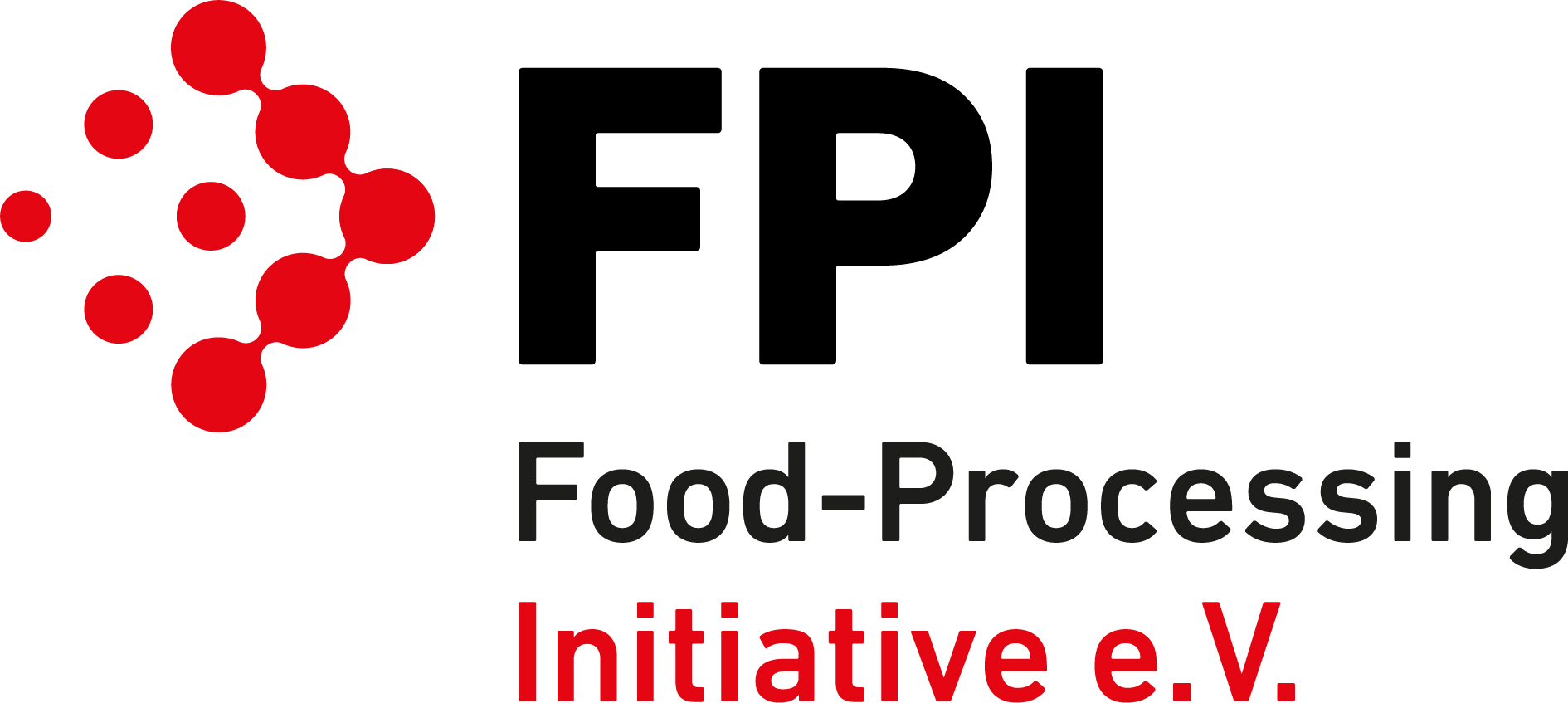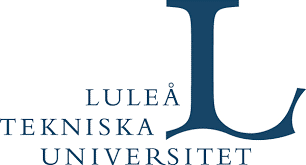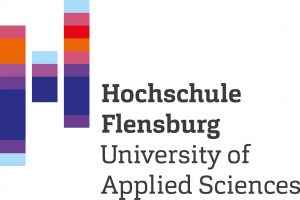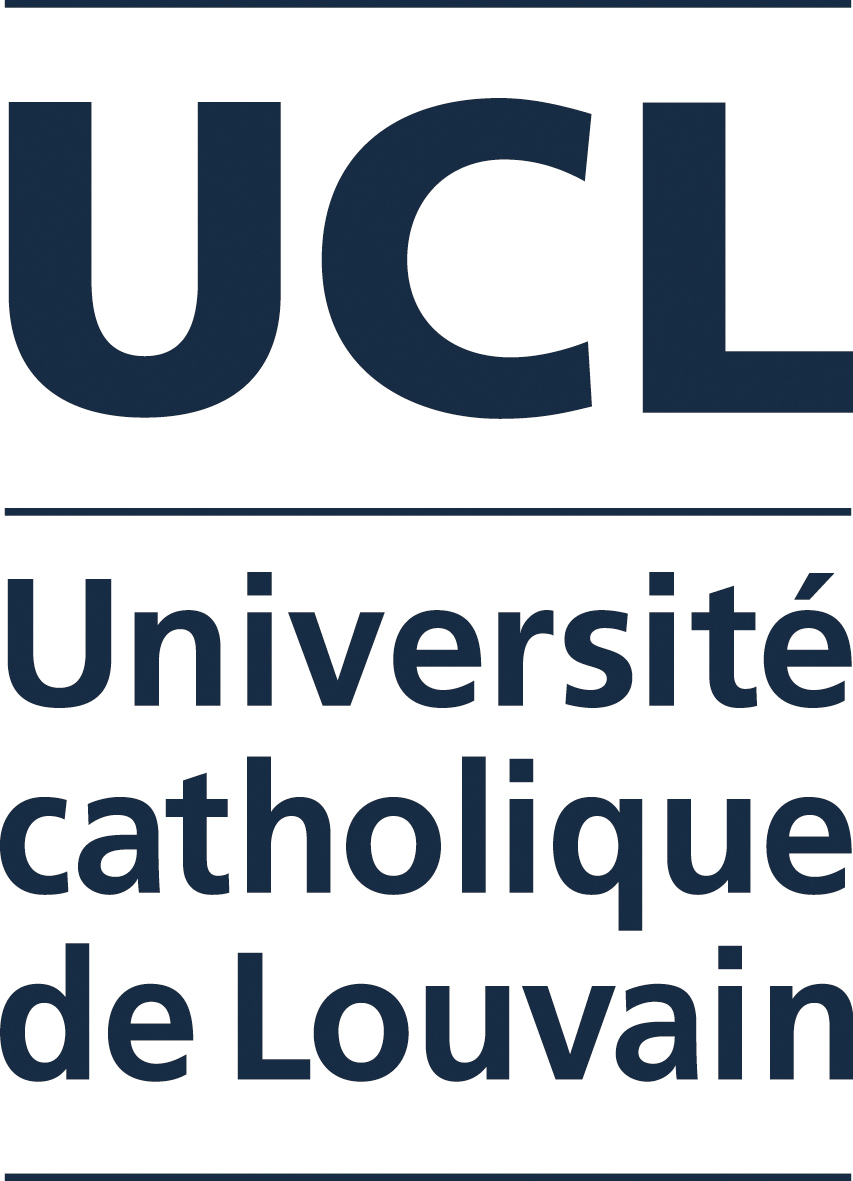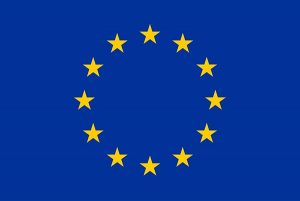Future Impact
The AQUACOMBINE project aim at broad impacts in a number of areas covering economy, environment, social area and EU leadership.
Economic Impacts
|
ENVIRONMENTAL IMPACTS
|
SOCIAL IMPACTS
|
EU LEADERSHIP
|
[1] Meyer, B. (2011). http://ec.europa.eu/environment/enveco/studies_modelling/pdf/report macroeconomic.pdf.
Acknowledgement
This project has received funding from the European Union’s Horizon 2020 research and innovation programme under Grant Agreement No 862834. Any results of this project reflects only this consortium’s view and the European Commission is not responsible for any use that may be made of the information it contains.


